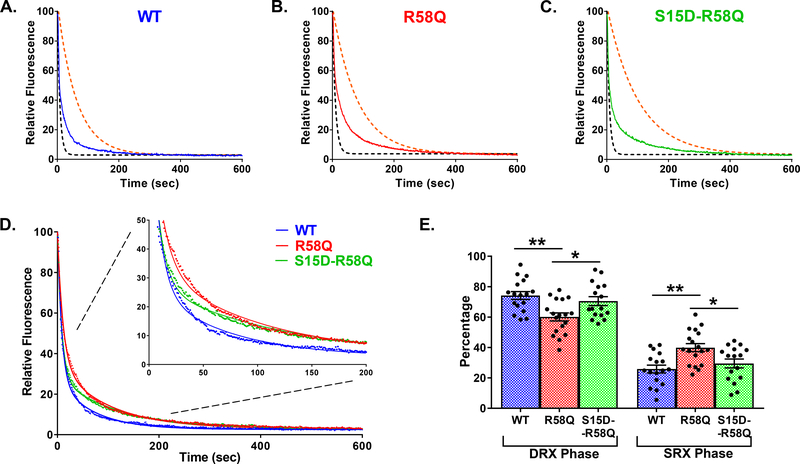Figure 4. Single nucleotide turnover studies in reconstituted porcine PM fibers.
Fluorescence decays of mant-ATP release in skinned porcine papillary muscle fibers reconstituted with WT (blue trace, A), R58Q (red trace, B), and S15D-R58Q (green trace, C) recombinant proteins. The fibers were first incubated in 250 μM mant-ATP and subsequently chased with a solution containing 4 mM ATP. Decay traces were fitted to a double-exponential equation, yielding DRX and SRX lifetimes (T) and population proportion (P). Simulated single-exponential dashed curves represent DRX (black) and SRX (orange) phases for each recombinant protein. D. Summary of experimental ATP-chase curves for R58Q, S15D-R58Q and WT reconstituted fibers. Decay traces were fitted to double-exponential equation. The inset plots present the SRX phase from 0–200 s. E. Percentages of myosin heads in the DRX (P1) versus SRX (P2) states. R58Q fibers showed a significantly increased P2 population compared to WT and S15D-R58Q significantly decreased P2 compared to R58Q mutant. Data are the average ± SEM of n = 16–18 fibers. **p<0.01 vs. WT and *p<0.05 vs. R58Q; by one-way ANOVA with Tukey’s multiple comparison test.

